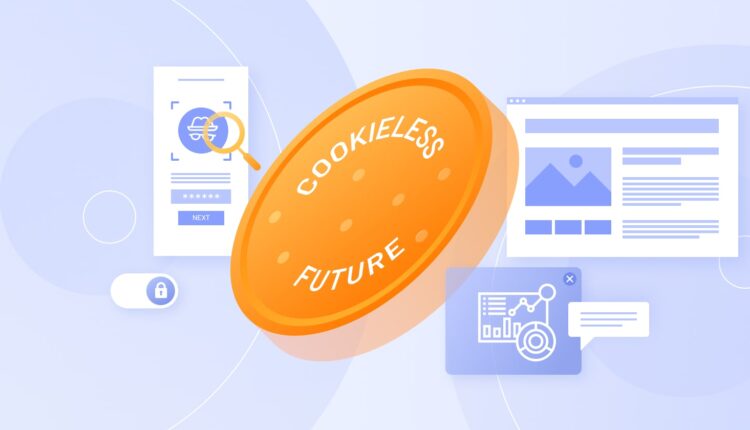In the changing world of online ads, how we find and talk to customers is very much transforming. As third-party cookies are going away, those who market are looking for different ways to connect with their audience well. This change has resulted in the emergence of targeting solutions without cookies, offering new methods to interact with users and honor their privacy. In this article, we will explore these cookieless targeting solutions and evaluate how well they connect with and involve audiences.
Understanding Cookieless Targeting Solutions
Cookies are usually very important for digital advertising because they let marketers follow what users do on the internet. But now, there are worries about privacy and keeping information safe. As a result, the big web browsers have started to limit how third-party cookies can be used. Consequently, advertisers are shifting towards targeting options that do not use cookies. They are instead depending on different strategies to recognize and approach prospective clients.
These methods make use of different technologies like context matching, own data from the company, learning by machines and AI systems for making custom ads that do not depend on tracking each user. For example, context matching looks at what is written on web pages to show ads that fit with the page topic instead of looking at what websites the user has visited before.
Effectiveness of Cookieless Targeting Solutions
1. Improved Privacy Compliance
Enhanced compliance with privacy is a main advantage of targeting solutions that do not use cookies. When advertisers stop using third-party cookies, they can reduce worries about data privacy and gain the trust of their customers. This clearness makes for a better experience for users and more interaction with advertisements.
2. Contextual Relevance
Targeting solutions without cookies focus on the importance of context. It makes sure that advertisements match with what is on the website page. This method improves how users feel when they use it. It also makes it more probable that the user will pay attention. Take a sports company as an instance. They could show their advertisements on websites about sports news or health training to connect with people who already like these topics.
3. First-Party Data Utilization
Because there are restrictions on third-party cookies now, the importance of first-party data is at its highest level ever. Targeting solutions without cookies allow advertisers to use their own data about customers to make personalized ads. When they use information from first-party sources like website analysis, CRM systems, and subscription details, marketers can understand their audience better and send them messages that are more likely to connect with them.
4. Adaptable to Regulatory Changes
When rules for data privacy keep changing, targeting without cookies can adjust and stay strong. When advertisers use different ways to target and don’t depend too much on data from others, they can better deal with new rules. This helps them follow the laws like GDPR in Europe and CCPA in California.
Cookieless Targeting Solutions: Challenges and Considerations
Although targeting solutions without cookies show good advantages, they come with difficulties. Advertisers might face problems in following what users do on different devices and websites, and also there could be less accuracy in aiming at specific audiences than when using cookies. Also, how well these solutions work depends a lot on the context data quality and how advanced the AI algorithms are.
Furthermore, the sector is just beginning to move from using cookies for targeting. Both advertisers and publishers must learn more about this change. It will be important to teach them so they know what these new methods without cookies can do, as well as their limits, and how best to adjust their plans for advertising.
Conclusion

Targeting solutions without cookies mark a significant change in online advertising. It is caused by the demand for more privacy-aware methods and better experiences for users. Although moving from third-party cookies is difficult, it opens doors for new ideas and creative ways to connect with people. Advertisers can adjust to the changing online environment and respect user privacy by using different ways of targeting. For example, contextual targeting and using data they collect themselves. As things keep changing in this field, solutions for targeting without cookies will become very important for the future of digital ads.


